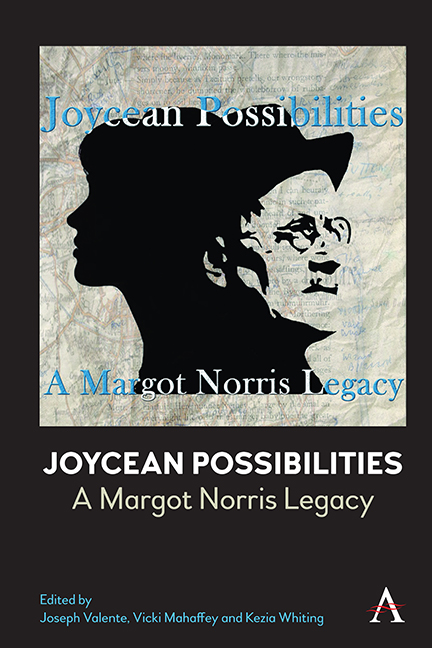13 - Changing Perspective: Why Style and Structure Matter in Ulysses
Published online by Cambridge University Press: 20 April 2024
Summary
I would like to start by clarifying something about the nature of freedom, as Joyce was fighting for it. Joyce's main concern was not with freeing Ireland from British control, but with freeing the mind. As a writer, his technique for doing so was to challenge the (learned, socially conditioned) assumptions of his readers. As Stephen says in “Circe,” pointing to his forehead, “In here it is I must kill the priest and the king.” And in his early essay “Ireland: Island of Saints and Sages,” Joyce makes a related point about Catholicism, which enslaves the soul: “I do not see what good it does to fulminate against English tyranny while the tyranny of Rome still holds the dwelling place of the soul.” In 1967 in the U.S., Martin Luther King said something very similar: “As long as the mind is enslaved, the body can never be free.” In Portrait, the prequel to Ulysses, Stephen wonders in his youthfully superior idiom about freeing the minds and touching the conscience of “the patricians of Ireland” sitting in Maple's Hotel, along with their daughters: “How could he hit their conscience or how cast his shadow over the imaginations of their daughters, before their squires begat upon them, that they might breed a race less ignoble than their own?”4 Stephen again expresses his determination to create a conscience for his compatriots at the end of the novel, when he vows to “encounter the reality of experience and to forge in the smithy of [his] soul the uncreated conscience of [his] race” (P 213).
In Portrait, Stephen is angry, seeing his contemporaries as ignoble and without a conscience. In Ulysses, though, haunted by the pathos of his mother's death and humbled by the pricks of his own conscience as he recalls his treatment of her, Stephen is trembling on the brink of greater selfawareness and concern for the other: “Pain, that was not yet the pain of love, fretted his heart” (U 1.102). He does not yet know how to do what Leopold Bloom can do so admirably, or what Joyce positions the reader to do over and over in Ulysses: to look again, not only at the other but also at himself.
- Type
- Chapter
- Information
- Joycean PossibilitiesA Margot Norris Legacy, pp. 189 - 204Publisher: Anthem PressPrint publication year: 2022

